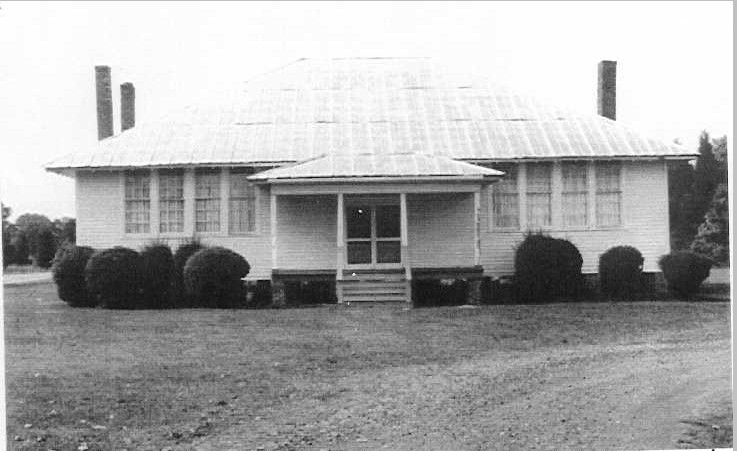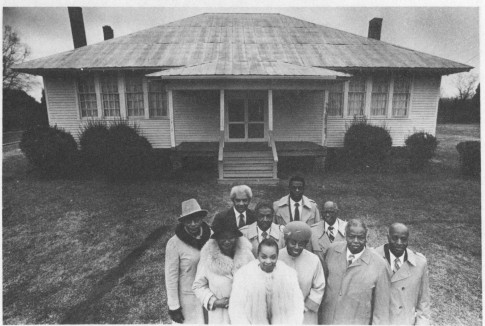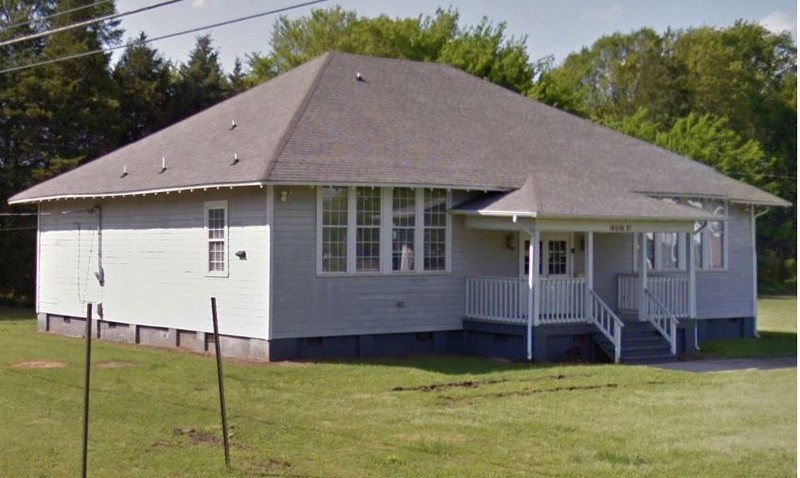McClintock Rosenwald School
Introduction
Text-to-speech Audio
Images
Image of McClintock Rosenwald School

The picture the accompanied the 1986 newspaper article on McClintock. All three interviews in the text are in this image, along with the pastor of the church at that time.


Current image of McClintock

Backstory and Context
Text-to-speech Audio
In the wake of the Civil War, members of McClintock Presbyterian Church had a vision for their community and congregation that was centered on education. In the 1880s, and with few options for Black children, church members started a school to educate the youth whose families attended their church. The Old McClintock School had classes based on essential skills and preparing young people for work as farmers and laborers. Students were needed at home to help with the harvest, so the school schedule was based largely around the rythum of agriculture. Charles Lucas, who started at McClintock in 1925, stated that during cotton-picking time (last of Aug into Sept) they only went to school when it was raining. If the rain stopped during the day, school was dismissed [1].
The school population increased so much that the Knights of the Guiding Star of the East allowed the school to use their two-story building as overflow until contractors built the new Rosenwald school. The Old McClintock School was torn down in 1916, and a Rosenwald School was built in the 1920s.
Most grades were doubled up in each classroom. This means the teachers had to be innovative to reach all of the students. George Reid explains how the teachers did it: “The teacher would have a few pupils in the second grade and a few in the third grade. While she’d be teaching the second grade, the third grade would be studying.” Students were required to learn by any means necessary; misbehavior was not tolerated. Mr. Reid explains some of the consequences for misbehavior; if you "told on somebody," you got a "whuppin" with the hickory switch. For talking in class, you went to the corner and stood on one foot for two hours. Shelby Foust, another alumnus of McClintock, recollected about a special kind of hickory stick used by the teachers. “Down behind the church there grew some kind of red hickory that didn’t break. They kept them by the dozens.” [2] The community also helped hold students accountable.
Because McClintock, like many other Rosenwald schools, was in a church community, religion was important. “The devotion started about 8:30. We sang songs, and we said the Lord’s Prayer, and the 23rd Psalm was always said. They even occasionally went into the church to sing hymns during recess. Recess was also a time for students to play games. "At recess, children played horseshoes, '' remembers Linwood Foust: "They weren't the horseshoes you see now. They were true horse's shoes, the little ones... . We did sack races, ring-around-a-rosy, the kind of game that did not require any equipment. There was no equipment, so we created our own games.” [2] Even though times were hard and resources were scarce, students still made the best of their time at McClintock. In 1952 the facility was merged into Pineville School.
Though the community buildings that once surrounded the school are gone, the church members still keep the building's legacy alive. Ever since the school closed in 1954, they have used the building in some capacity. It currently serves as a fellowship hall. The school is designated a local historic landmark. In 2019, the Charlotte Museum of History offered a tour of McClintock as a way to increase awareness about Rosenwald schools in Mecklenburg County.
Sources
1) McClintock Presbyterian Church History, McClintock Presbyterian Church Homecoming Bulletin, October 1998, October 1999 and October 2000.
2) Richard Maschal,”Rosenwald Interviews”, Charlotte Observer, February 16, 1986
“McClintock Rosenwald School”, Gleanings, Vol. 2, No. 1, Jan-Mar 1995
Dr. Dan L. Morrill, “Charlotte-Mecklenburg Historic Properties Commission”, March 2, 1987
Mecklenburg Times, June 5, 1952.
“McClintock Rosenwald School”, Gleanings, Vol. 2, No. 1, Jan-Mar 1995
Richard Maschal,”Rosenwald Interviews”, Charlotte Observer, February 16, 1986
Google Street Maps
